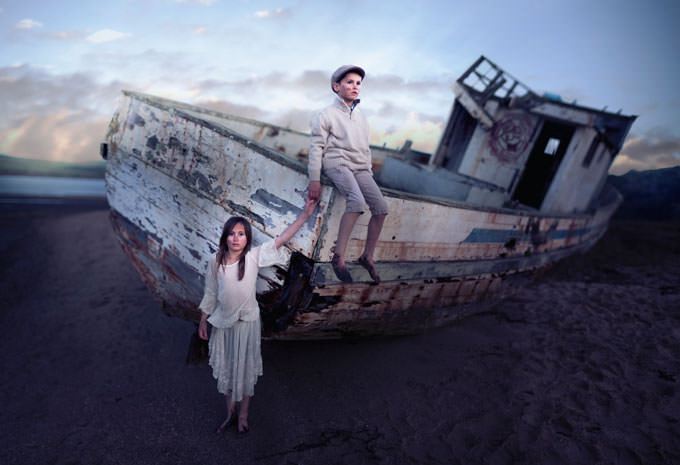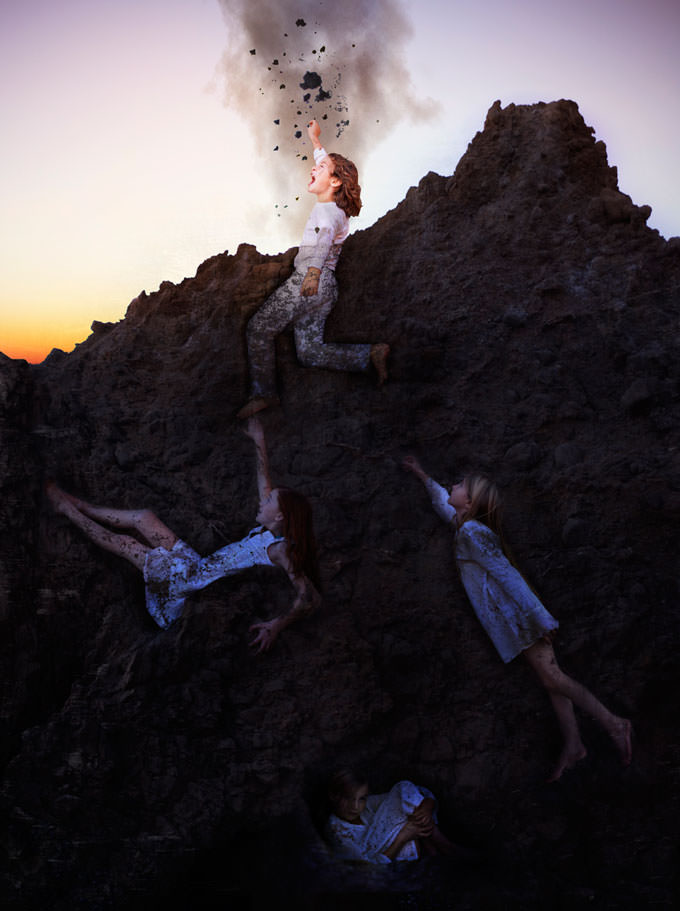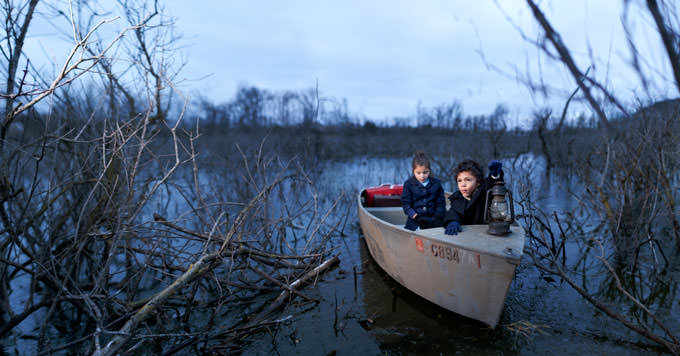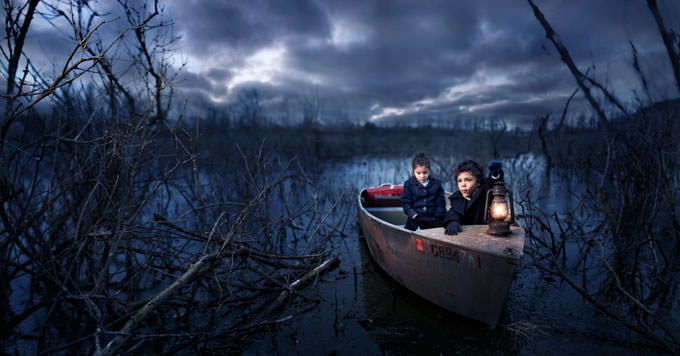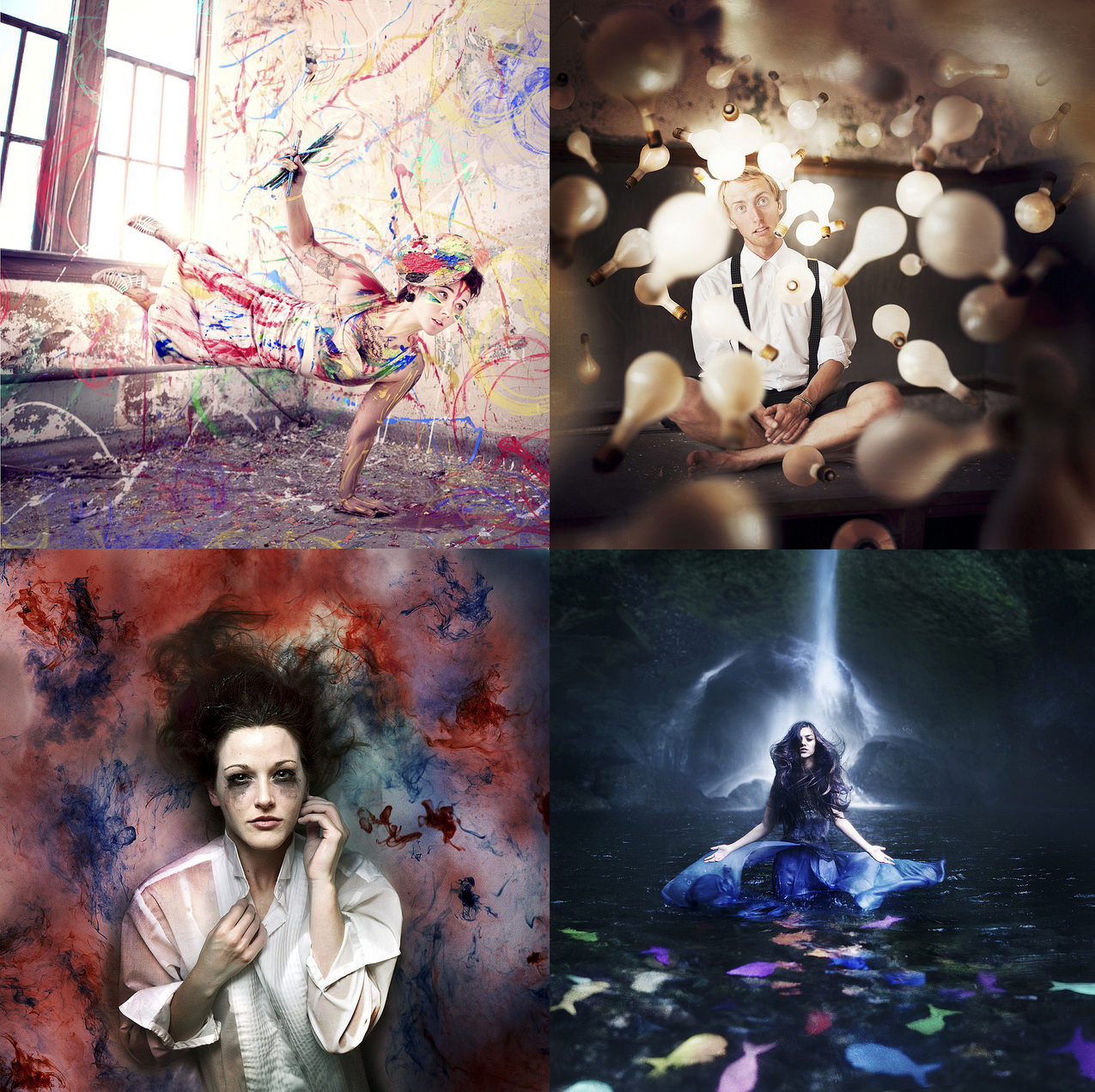
Stories Worth Telling – Interview with Rob Woodcox
Rob Woodcox is a 22-year-old photographer born in Texas and raised in Michigan. He recently graduated from Washtenaw Community College with an Associates Degree in Photography. We’ve had Rob on PHLEARN in the past, but this time he is back to share with us his launch of a brand new project called Stories Worth Telling.
Stories Worth Telling is a creative team of five individuals attempting to raise money for local foster children to attend a week of summer camp and year-round mentoring. This initiative will enable a new camp to be established from an organization called Royal Family Kids Camp, which already has 180 camp locations around the United States. The project involves using 20 story-telling photo shoots to bring foster children’s stories to the general public. Beyond funding this camp, Stories Worth Telling hopes to inspire others to partake in camps/opportunities local to them, and to become educated on the foster and adoption systems.
You need to check out this amazing and ambitious fundraiser that is for such a great cause. Keep scrolling to learn about where the motivation for this project came from, see some photos created for the project so far, and how you can help.
What is Stories Worth Telling?
Stories Worth Telling (SWT) is a young, motivated, and passionate group of artists using their talents to raise money for foster children in Southeast Michigan. Our vehicle for raising the $30,000 (or more) needed to send local foster children to attend a week of summer camp and year-round mentoring is to captivate our audience with storytelling photographs. SWT’s project involves using 20 storytelling images to bring foster childrens’ stories to the general public.
Through an Indiegogo.com campaign page, audiences will be able to donate to the project, and in turn receive compelling art pieces and other keepsakes to mark their contribution to the project. Beyond sending these children to camp, we hope to inspire a more global initiative to get involved with local organizations that help children and adults in need. Whether near or far, so many people need to be shown hope through love! The opportunity to change the world is closer than most people realize!
What was your inspiration/motivation to create this project?
This past summer of 2012 I had the opportunity to be a counselor at a Royal Family Kids Camp (RFKC), and had two kids of my own for a week. I was blown away at how effectively RFKC trained me to work with these kids, emphasizing that we were there to show them nothing but love for the entire week. It wasn’t about disciplining them or trying to “fix” them, it was simply about showing them love so they could get a glimpse at the good that exists in the world, inspiring hope in their hearts.
I am actually adopted, and was rescued from the abuse and neglect that these kids go through on a regular basis; I could not think of a better way to use my ransomed life and talent than to help these children. After a couple months of mulling it over, this idea came to my head, and was developed with the collaboration of my two closest friends Jakob and Tabbatha.
You spend a lot of time working with foster children to portray their experiences through your imagery. How does this process usually work?
My creative team and I are taking a few different approaches at capturing foster children’s stories to include in this project. The first approach is through making note of real stories that I have heard or experienced in my time at camp, and during monthly mentoring that I attend with the kids. The second approach we will take throughout the project is voice-recorded interviews or “Hang Out Sessions” with the children during mentoring times. A third method is interviewing adults and teens that were in foster care as kids. I am then taking these stories and using my imagination to interpret them in surreal ways that illustrate their emotions and experiences in photographs.
I must say, you have quite the team! Yourself as the creator of the project and photographer; Jakob Skogheim as the videographer; Casey Maxwell as your graphic designer, Aubrey Warner as your communications specialist and Tabbatha Plomaritas as your research and marketing specialist. What was it that has brought the five of you together to do something as ambitious as raising $30,000 for foster children?
I think what brought us all together is a common denominator of wanting to use our talents and skills for the good of humanity. We have all known each other for years, and so when the idea arose and I started sharing it with some close friends, a few others were naturally drawn into the process and became interested in being a part of the team. Having known these individuals and knowing their skill and dependability, it just made sense to include them on the project. Working with a team is the only way to make projects of this scale possible!
Where do the funds go?
Every dime we raise for this project will go towards sending foster children to camp and to year- round mentoring (except for the cost to produce our perks). Materials and time for the making of artwork are all being donated.
Here is the breakdown of funding for the first year of camp and mentoring ($30,000):
You have matched photography with one of the most beautiful things, and that’s helping others. You will artistically portray the experiences of foster children through 20 storytelling images. How does the story change form as you morph the idea into a concept for a photo?
As I read through and hear true stories, I am going to take those emotions and experiences and transform them into something beautiful. Through the 20 images we create, I am going to start with some of the darker concepts, transition into some powerful expressive stories of triumph, and finally end the story with images that portray overcoming the darkness, images filled with hope! No matter what each image is confronting, the end product is going to include a beautiful and hopeful element.
When did you begin this project?
This project began in its humble stages during November of 2012. It has been four months in the making, to ensure we cover all of our bases. It will likely continue to run through July of this year, after our live campaign ends then much of our creating and producing of products will begin.
Approximately when do you expect the project to be completely done, and for the book of 20 images to be available?
As mentioned above, this project will likely run as long as into July. Although the live fundraising campaign will only last from March-April, we will still have a lot of artwork to create, and we’ll then have to produce the book and other keepsakes that people can receive for donating. We are projecting the availability of the book to be in July 2013.
How can we contribute nationally and/or locally?
There are quite a few ways people can get involved with this project Nationally and Locally. The easiest way is to donate to this cause financially, wherever you live, and whether small or large, children will benefit from your donations. More information can be found, and donations can be made here, on indiegogo.com.
For anyone local to Southeast Michigan that would be interested in helping with the creation of the artwork, whether through donating props, assisting, donating funds directly for production, etc., contact Rob Woodcox and we could use your assistance! We would also love for our story to be featured in different publications and blogs that can inspire more people with this opportunity. Rob’s contact info can be found through his facebook photography page.
Is there a blog where we can watch this progress?
All of the progress on this project will be best viewed directly on our Indiegogo campaign page, which will include a constantly updated funding total, photo updates, behind the scenes videos, etc. Our campaign can be found here.
As the photographer how do you plan to create 20 different storytelling images while still staying cohesive within the series?
Throughout this series of 20 images, each photograph will tell a unique story, and all of the stories will follow a trajectory of darker experiences leading to more hopeful triumphs. Elements such as tone, light, and overall cinematic quality, will tie these images together stylistically. Also, the emotions and stories being portrayed will all have some sort of surreal or magical element to them, keeping true to my style as a photographer. An important detail to note is that all of the photographs will feature child models and actors as the subjects; due to legal restrictions in place to protect foster children, they cannot be photographed.
On average, how long does the process of creating one image for this project take?
The amount of time spent on a single image for this project varies from shoot to shoot, but an average amount of time is 12 hours, give or take. For each shoot we location scout, prepare props and wardrobe, contact models and assistants, plan lighting, produce the actual shoot, and finish with editing. Keep in mind that those 12 hours just include my time involved, when you add up all the people devoting time to the different elements of the shoot, those numbers are much higher!
Could we see a before and an after from of one of the images and could you tell us about the process?
In my work I like to make images that exist in real life, and simply enhance the surreal quality. I’ve always thought that imagination is your ability to view the world in its most extraordinary version. For this image, I had imagined a scene with an ominous tone, dark sky, and eerie branches somewhat interfering with the path of two travelers, trying to find their way through it all. Having been clued into this great location by a friend, I knew I’d need to shoot in the early morning to get the tones and dark hues that I wanted, and I chose to light the subjects using a softbox camera right. After expanding the image (taking multiple shots and stitching them together) all I had to do was bring back the sky and work with the tones a bit!
The summer camp in which you are fundraising for is the only camp in the nation that caters solely to foster children. This must make a world of difference. Do the children get excited when you talk about the end goal
When the children get talking about camp, they can’t help getting all giddy and excited. Imagine always being unaware of whether you might have the things you need tomorrow, or imagine constantly living in fear of being physically harmed by the people who are supposed to show you the greatest amount of love.
Now picture getting the opportunity to attend a place where you are given everything you could ever need, where everyone celebrates your every accomplishment or attempt, and you are allowed to just be yourself and have a blast for a week straight- always being told that you are loved. Camp is what these kids look forward to, and it is what gives them hope to keep going throughout the year.
What about when they see the pictures?
The children that have modeled in my photos and have seen my photos thus far have been blown away. I won’t have the opportunity to show the foster children this project until the book is produced, but my hope is that they will be able to relate to the emotions in the images, while also being inspired by the magical quality that each photo will possess, allowing them to view their stories with a new sense of imagination, rather than sadness!
To contribute and stay updated with this project you can do so here.

